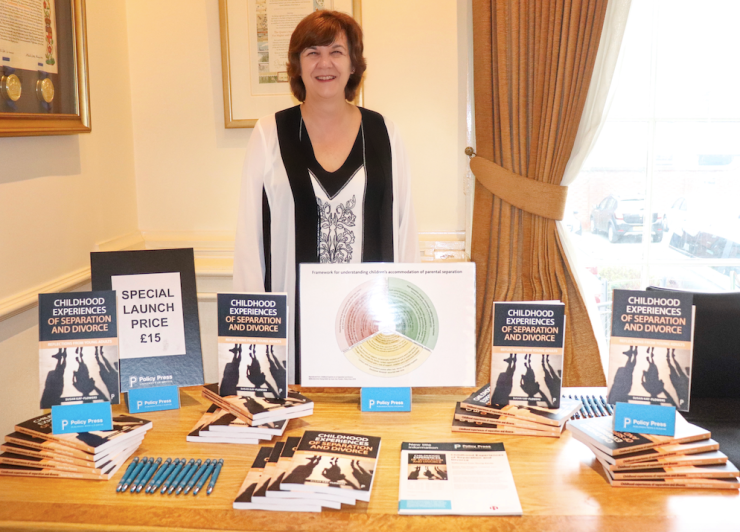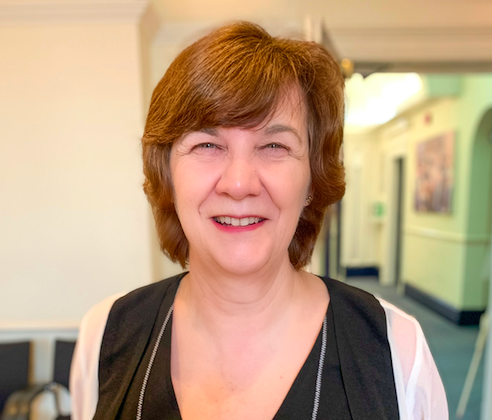
I want to spend a few moments telling you about the book and explaining how it might be of interest to you. But before I do that you might be interested to hear how it came about…
Why a book on this?
Some of you know part of the story, many know nothing at all, only a few of you know the whole story.
Before I became an academic, I had a career as a Social Worker and worked with children and families as a Family Court Advisor dealing with issues relating to contact and residence arrangements for children when parents could not agree. I worked with parents, grandparents and children. My role was to advise the court on arrangements that were ‘in the best interests of the child’. This involved working with children and representing their views to the court. It was a challenging role requiring empathy, patience, negotiation and a high level of diplomacy to mention just a few of the skills involved.
Sometimes you were able to bring about a real difference to the way families functioned and children’s lives. Where you did, you would not see them again, leaving me to wonder how things worked out for the children over time. Sadly, you were only too aware of those families where you had failed, because they would return to court, again and again, sometimes becoming reliant on the courts to make any and every decision in relation to their child.
My interest in how children experience parental separation continued when I became an academic. Given the challenges I experienced in representing their views to the court, I was interested in giving ‘voice’ to children’s own experience of separation and divorce. I was keen to hear what they had to say, in particular their views as they looked back as young adults. My interest led me to undertake my doctoral study in this area which I completed at the University of Sheffield, with the support of Liverpool John Moores University, in 2015.
After some consideration, I decided to ‘turn’ my PhD study ‘into a book’ so the findings were available to a wider audience including practitioners and the general public. My reason for writing the book is to ensure that young peoples’ voices – so often absent from research and discussion about their experience of parental separation and divorce – are heard, and can inform responses of those who can support children in the future in adjusting to the changes separation brings.
Content of the book
The book describes a research study which used innovative research methods to study the experience of young adults, aged 18-30, who experienced separation in childhood. I worked with young people to create a ‘bricolage’ in which new research tools were constructed to conduct the research. This involved writing a fictionalised case study of three siblings’ experiences of their parent’s separation which was dramatised and filmed to provide a short film clip, that was uploaded on to YouTube. Participants viewed the short film clip before completing an online questionnaire about their own experiences.
Their experiences are reported in separate chapters on; their emotions, their reactions, the support that was available to them at the time, quality of parental communication and the presence of parental conflict. Each chapter starts with a case study in which a young adult describes their childhood experiences.
Framework for understanding children’s experiences
The findings were used to create a new framework for understanding children’s adjustment – or what I preferred to call ‘accommodation’ – of parental separation. Particular experiences influencing a child’s ‘accommodation’ are identified within it.
Their experiences are organised by axes which highlight the impact of reactions, support and talking, communication and conflict on children’s accommodation. The colours green, yellow and red are used to represent experiences leading to a high level, medium level or low level of accommodation of parental separation.
The framework is included in the book and the final chapter considers how it can be used to develop a more nuanced understanding of the ways in which children experience parental separation, and accommodate changes over time. Consideration is given to its potential use in educational settings, including schools and universities as well as in work with parents in family support settings. This represents my next area of investigation and I am pleased to say its use is already being tested out in some schools and by Psychologists and Counsellors in a Centre for Mental Health and Counselling in Nepal.
